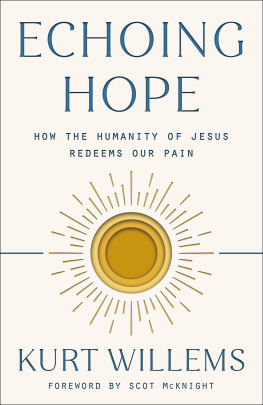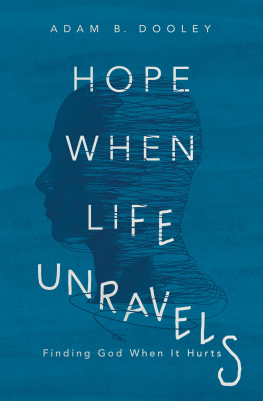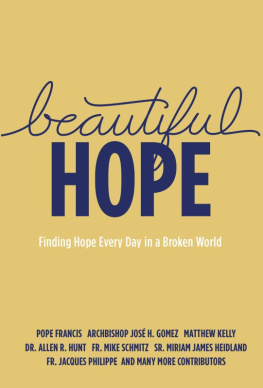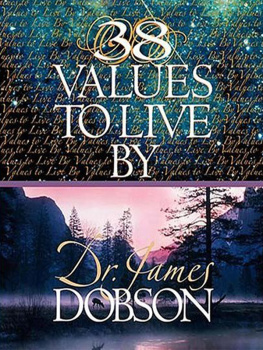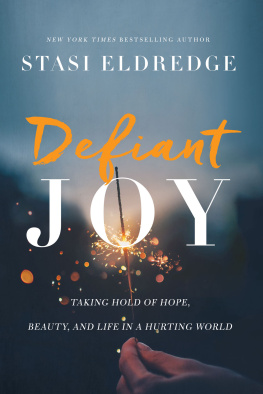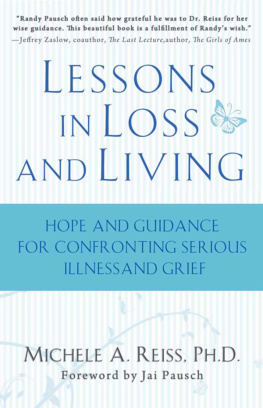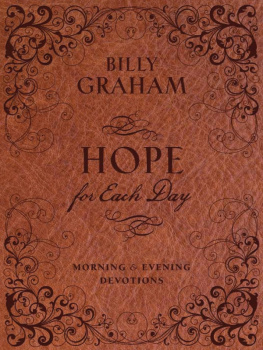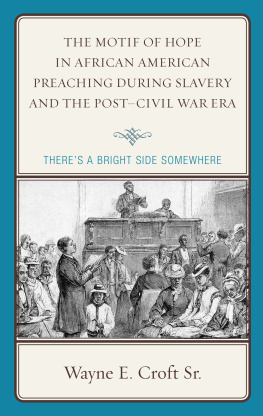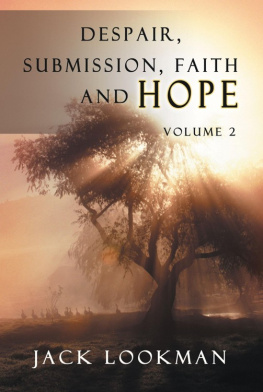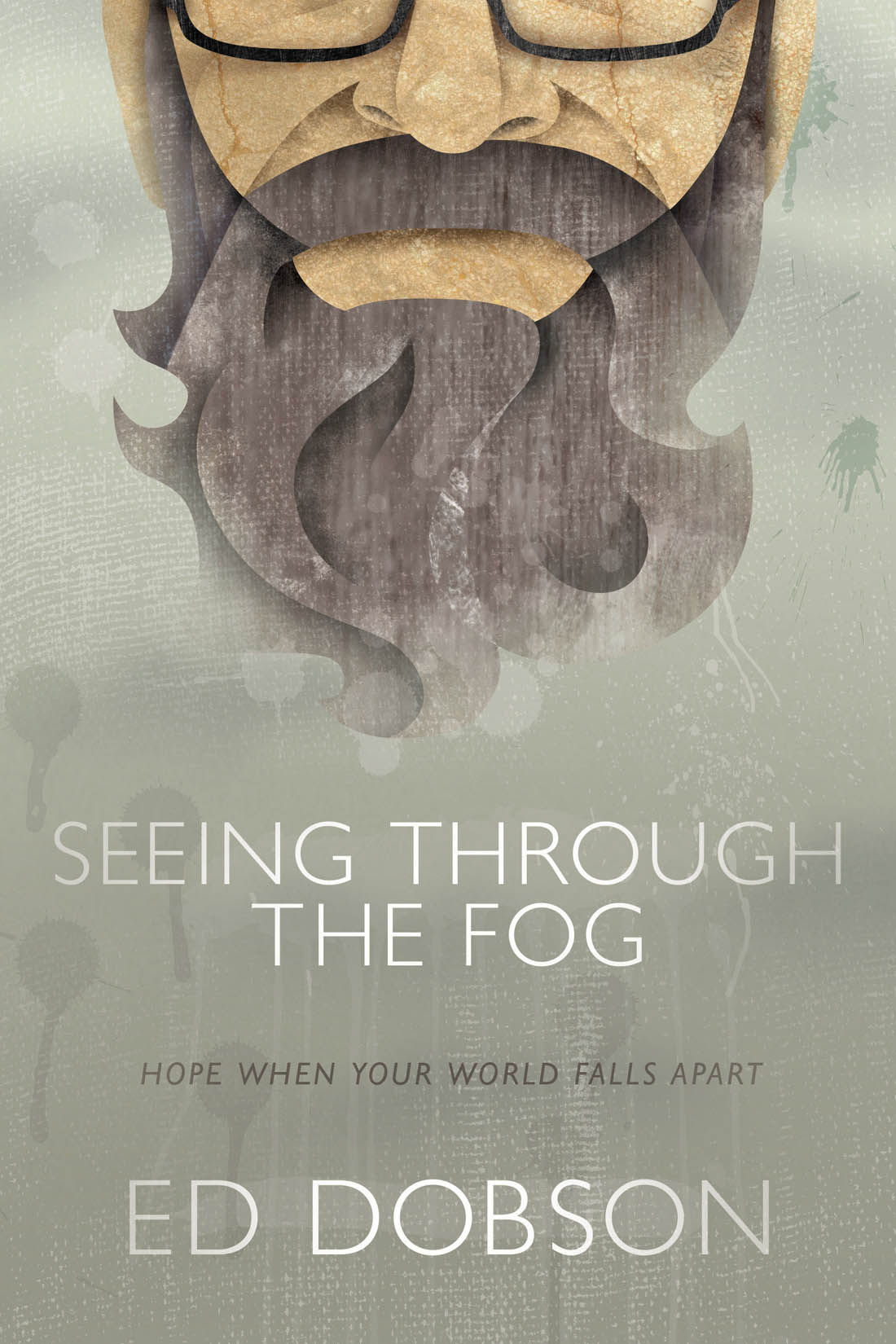
To Lorna,
my wife and a pilgrim on the journey with me
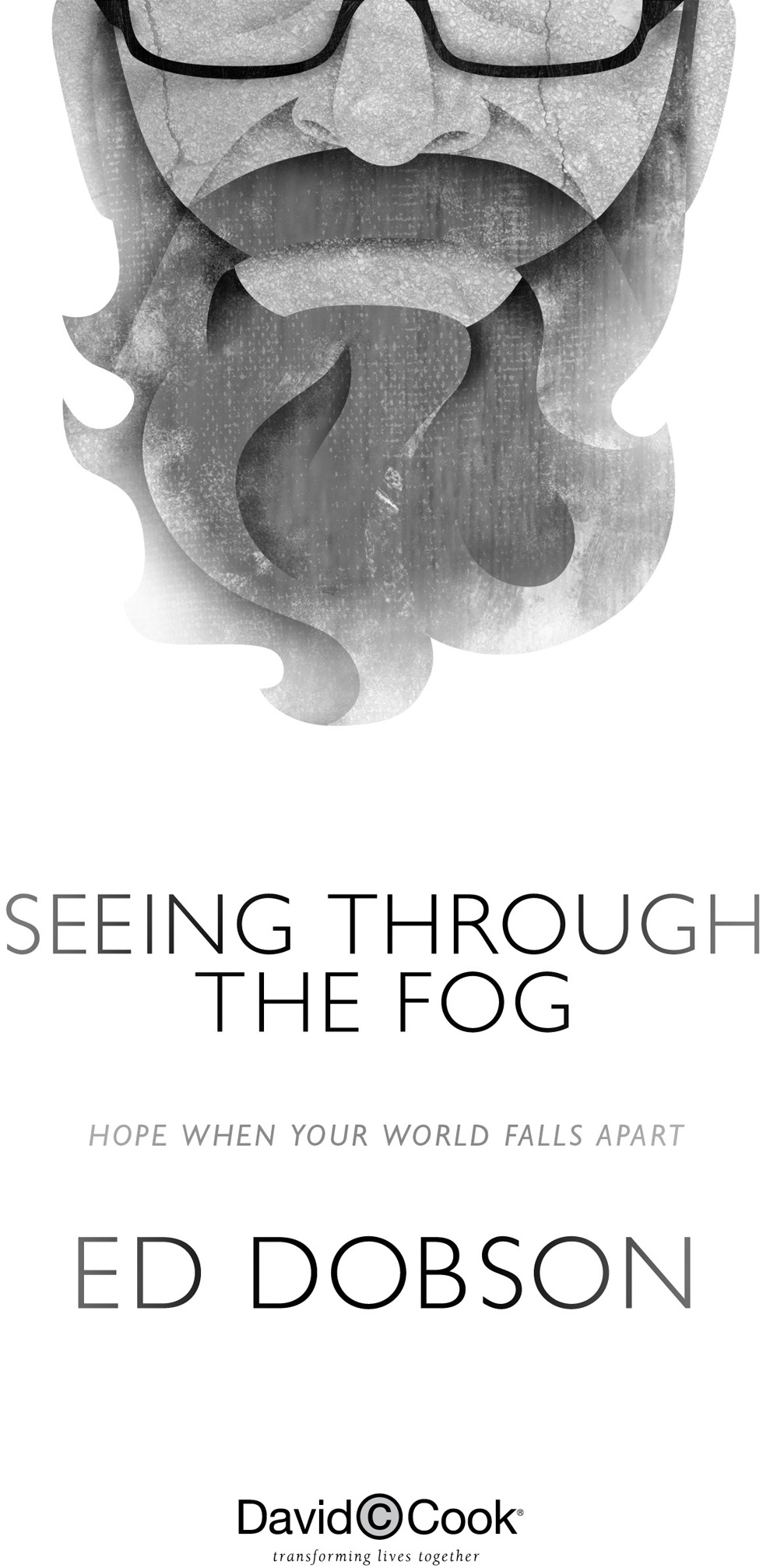
Contents
FOREWORD
Before You Begin
I need stories like this one.
Even though Ive lived forty-five years with quadriplegia, my disability doesnt make me an expert on dealing with suffering. To be honest, were it not for Gods Word and gutsy fellow-warriors like Ed Dobson, I would have emotionally crumbled long ago. Life is hard and I need stories of inspiration. I need to see others persevere through painand do so courageously. I need to absorb the life experiences of fellow journeymen who have put the Bible to the test and found that the grace of God is sufficient.
I think youre the same way. Life is wired to be difficult and, for the most part, it takes everything weve got to handle it with grace. And when one bad thing piles on top of the next, it can tip the balance. Then you wake up in the morning only to discover youve lost every bright prospect for a better day.
Thats no way to live. And thats why this book is so powerful. Its about finding the better day of real hope. Not hope as wishful thinking or an aspiration for easier times. Seeing through the Fog goes deeper than that. Its message is far more profound than wishing upon a star. This incredible story illustrates that hope is rock-solid and real, unshakable, immovable, and most of all eternal .
My friend Ed understands that heartfelt trust in God is within reach even when especially whenyour prospects for a brighter day completely unravel. The first chapter starts out, in fact, with a diagnosis: Ed, you have ALS. You have three to five years to live. How do you live when you receive such devastating news? How do you wake up in the morning and still want to go on?
Ed is blazing that path. And in the pages of this book, he shows us just how high a little hope can lift a hurting heart. Seeing through the Fog points to how potent hope is. Like a small candle glowing in a dark roomthe flame is so tiny and the room is so big, yet light from even the smallest candle dispels darkness.
So I thank my friend Ed Dobson for reminding us how to hold on to hope as though it were the thin string of a big kitethe string is so thin in your hand, yet it connects to a force that can almost lift you off the ground. Ed shows us that this is the only way to livehope in God is the best choice for happiness and blessing. To hope in God is to rely on Him when all else fails, because you know His mercies and compassion are fresh toward you every day. To hope in God means assurance that one day all sorrow and sadness will disappear, and you will have a home in heaven.
Does it mean this story has the happy ending of no more ALS? No more Lou Gehrigs disease? No. It conveys something far better. The life and struggles of Ed Dobson underscore that a diseased-ravaged body does not have to be a deterrent when it comes to trusting Godrather, it can be what pushes us into the arms of the God of all hope.
And I think Ed would agree, that beats walking any day.
Joni Eareckson Tada
Fall 2012
ACKNOWLEDGMENTS
Over the years, I have written dozens of books. I have always had a reputation for delivering them on time to the publisher. This book is the exception to that standard. I have missed deadline after deadline after deadline. Im really not sure why. Maybe its because I know this is one of the last books I will ever write. Maybe its because the topic of ALS is so painful for me. Maybe its because writing this book stirs up all of the emotions Ive felt over the years.
Anyway, thanks to Don Pape and Alex Field at David C Cook for being patient with me. And thanks to Andy and Mandy Meisenheimer for their help with the book and for pushing me to finish. Without their input and advice, this book would never have been written.
INTRODUCTION
I grew up in Belfast, Northern Ireland, and when I wanted to go somewhere, I took a city bus. Back in those days, most of the buses were double-deckers. When Id get on the bus, I would go up the stairs and sit in the front row. I felt like I was in command of the bus. I could see everything. Both sidewalks, both sides of shops and buildings. Both lines of traffic. The traffic light ahead. It was exhilarating. I could see it all.
One day I was riding the bus when the fog rolled in. In Belfast, the fog can be extremely thick. This time, it was so thick that the driver of the bus had someone walk next to the bus to make sure he didnt bump into anything. As I sat there, I couldnt see sidewalks, shops, buildings, traffic, lights, nothing. I felt that I was no longer in control. I was controlled by the fog.
And thats how it feels when you have ALS.
Before ALS, you see everything clearly. You think youre in control. Once ALS hits, you see nothing clearly. And you know for sure youre not in control.
This is a book about hope. Not the kind of hope that ignores your current circumstances. Not the kind of hope that goes around your current circumstances. Not the kind of hope that dismisses your current circumstances. But the kind of hope that can come only in the midst of your circumstances.
Its a hope that comes with strength: the strength to keep living life, despite its challenges, and to continually give thanks for the blessings we have, even in the darkest of times. When faced with a terminal illness, knowing that your life will slowly deteriorate over time, this all is much easier said than done. Hopefully youll see that in this book. I have struggled the past eleven years to keep going, to have hope that I can still live while I am alive, that I am buried but not yet dead.
This is a battle I fight nearly every day.
I have learned that we all will struggle in life. There are no exceptions. It might be cancer. It might be divorce. It might be the loss of a child. It might be brokenness. It might be depression. Whatever it is, we all struggle with something. Thats part of what it means to be human. The question then becomes, how can I find hope when I am in the middle of struggle? Thats what this book is about. And it does not offer easy answers. There is no verse from the Bible to explain what makes it all go away. There is no prayer that makes it all go away. This book does not offer three points that will revolutionize your experience. This book is about my personal journey. I pray that in reading about my experience, you will find hope and strength for your journey as well.
My struggle with ALS began in the fall of 2000, when I was diagnosed. ALS (amyotrophic lateral sclerosis, also known as Lou Gehrigs disease) is a disease where the neurons in your nerves die. Consequently, the electrical impulses from your brain fail to reach your muscles. And then the muscles die as well. Researchers do not know what causes this disease, and there is no cure. For five years I took an FDA-approved drug that was thought to extend your life by three months. After five years I decided to quit taking the medication. Since ALS causes your muscles to die, its a degenerative disease; it gets worse and worse over time. There are no times when it stabilizes. There are no times when it is reversed. ALS is a downward spiral, month after month. It is a fatal, terminal disease. When I was diagnosed, doctors gave me two to five years to live and said most of that time I would be in a disabled condition.
I have never been afraid of dying, but I was very concerned about the process of getting there. Initially, I sank into a fog of despair about my future. It took me months to really begin to come out of it. Along the way, I learned some great lessons. All humans suffer. And there is a common denominator to our suffering. I hope and sincerely pray that what I have learned through facing ALS is also helpful to those who are experiencing different kinds of suffering.
Next page

